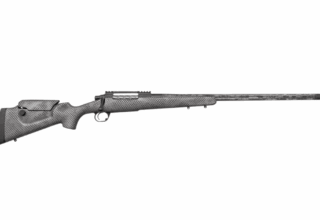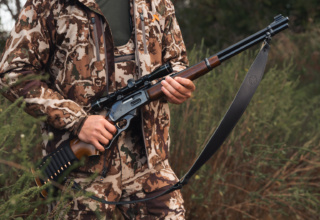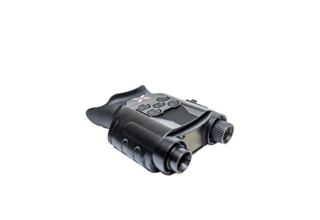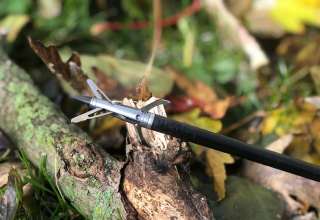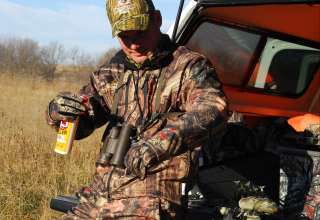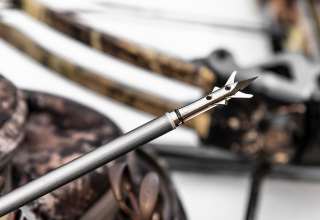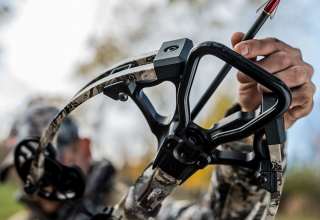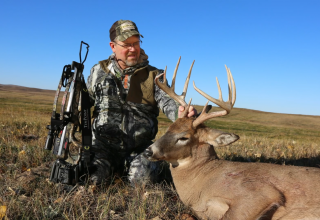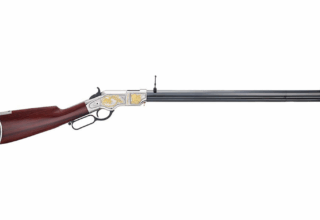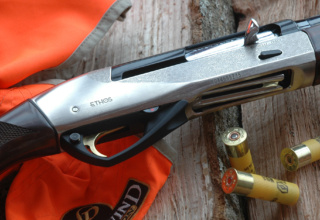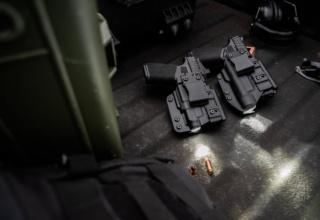My first crossbow was made in a middle school shop class after ordering a one-piece aluminum recurve limb set and trigger mechanism from Boy’s Life. I was responsible for creating the stock (in woodworking class), bolting on the one-piece limb, installing the trigger mechanism and securing a string. I guess this dates me, as building a “weapon” in a school-sanctioned shop class in the times we live in would prove utterly verboten. In short, I created what I thought was a pretty nifty crossbow, added an L-bracket to hold a primitive bowfishing reel (lathed in that same woodworking class), cut down a fiberglass bowfishing shaft and put it to work on local carp (it was illegal to shoot so much as a rabbit with that crossbow back then).

The problem was my hand-cocked crossbow went through strings (made from shortened bowstrings) at an alarming rate, my handmade stock holding no polished metal rails for the string to ride atop. The eventual solution was a “string” made from trapping-snare cable. This contraption accounted for many carp, despite its challenging trigger pull and relative lack of power.
Comparing modern crossbows to that homemade childhood model would be like comparing a garage-project go-cart to a new-year-model Cadillac—though similar concerns remain. Most bowhunters—vertical and horizontal—understand bowstrings and cables must be generously waxed periodically to prolong life and enhance performance. This is still a big part of modern crossbow maintenance, especially in light of the tremendous draw weights and incredible tension string and cables are strung under.
More pressing, crossbow shooters must keep rail tops well lubed, using special, extra-slippery rail lube instead of tacky string wax. It’s also important to keep a sharp eye on the crossbow bowstring serving. With vertical bows the serving normally wears just beneath the nocking point due to launch wear, only occasionally lower as a result of repeated collisions with shirt sleeves or armguards. Proper nock fit normally prevents such wear. With crossbows the bowstring serving is subjected to considerable friction each time you pull the trigger. Rail lube is vitally essential. Apply a thin layer every 20 to 25 shots and work to assure the lube doesn’t accumulate grit or dirt, which will abrade the center serving much faster. If debris does accumulate, wipe away all grit and lube carefully with a paper towel and reapply a fresh layer.

While the center serving of vertical bows may last several seasons, crossbow center serving should be replaced at the beginning of each season, more frequently if you shoot more than, say, 100 bolts a month. Even if serving doesn’t appear outwardly worn, this is cheap insurance against failure. Modern crossbows, such as the Horton Storm RDX, shoot in excess of 160 pounds, and pushing bolts at speeds in excess of 350 fps. With serving riding along a rail barrel, it is subjected to much more wear than a vertical bow serving. Wear through the serving and begin eating into actual string fibers and you’re courting disaster. An ounce of prevention assures no problems and continued accuracy.
These same extremes in draw weight and bolt speeds can create crossbow vibrations and rattling far in excess of those generated by vertical bows. I find it beneficial to at least monthly grab an Allen-wrench and screw-driver set and go over my crossbow inch by inch, assuring each and every fastener is snug. If you find a particular screw regularly works loose, remove, apply Loc-Tite to threads and reinsert.
At the very least snugging all screws/bolts assures the quietest shots possible—which is why I always pay close attention to what my crossbow is telling me while shooting. A new buzz often indicates a loosening fastener. In my experience, scope bases and rings seem to suffer most often from this affliction, which can cause slight deviations in impact, so pay special attention to that area. In worst case scenarios—after shooting a lot but ignoring basic maintenance—the wrong bolts working loose in the wrong place can create a dangerous situation. This is really no different than vertical-bow maintenance, through the extreme energies produced by hot-rod crossbows makes loose fasteners more likely.
Carefully-engineered crossbows from makers like TenPoint, Horton and Wicked Ridge are less likely than ever to develop problems, but rails must always remained adequately lubricated, and it’s always better to be safe than sorry. Your entire hunting season can depend on it, and a little effort goes a long ways in preventing big problems.
- Gaining an Edge With Sharp Broadheads - November 17, 2017
- Using Scents to Create Higher-Odds Bow Shots - November 7, 2017
- Fundamental Crossbow Maintenance - October 25, 2017


